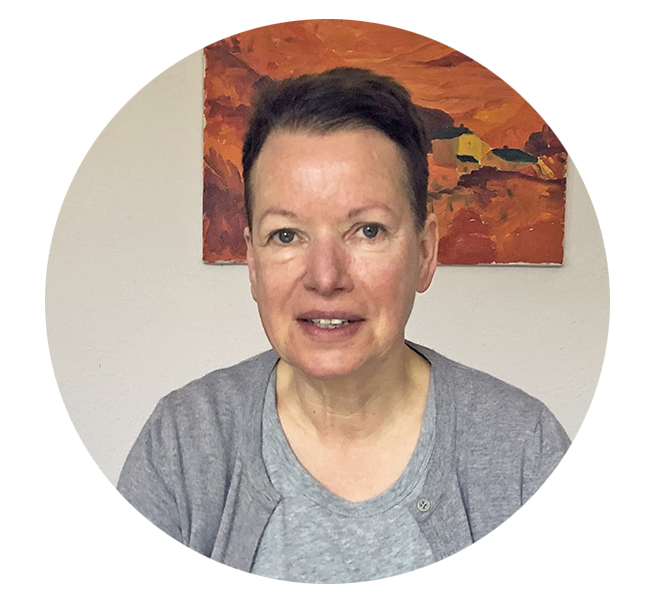
– Magdalena Seeberg –
Did she ever reach a point along the way when she wanted to give up? Magdalena Seeberg only thinks about it for a moment: “Before the start, yes, I have respect for what’s ahead – and sometimes doubt whether I’ll make it.” But on the mountain, when she is barely making any progress on the rocks, in ice and snow and in sub-zero temperatures, when the wind is howling and the summit still seems infinitely far away, “I’m completely focused on the next step, so I can’t think about anything else – not even about giving up.”

This attitude has led the passionate mountaineer to the highest peaks in Europe – and the constant focus on moving forward also helps her in her everyday professional life. Magdalena Seeberg is in charge of further education and training in the area of “Learning and Mobility”. She supports Opel employees in preparing for their future tasks in the Stellantis Group. They have to face new challenges, think out of the box, learn new things – and climb to the top. Magdalena Seeberg is particularly keen to encourage long-time Opel colleagues. “Why shouldn’t you do another master’s degree at the age of 56? Not only can that be challenging, but also very interesting,” she says. She is also passionately involved in the Women of Stellantis network. She specifically advises female colleagues on the topic of further education, and provides suggestions and assistance.
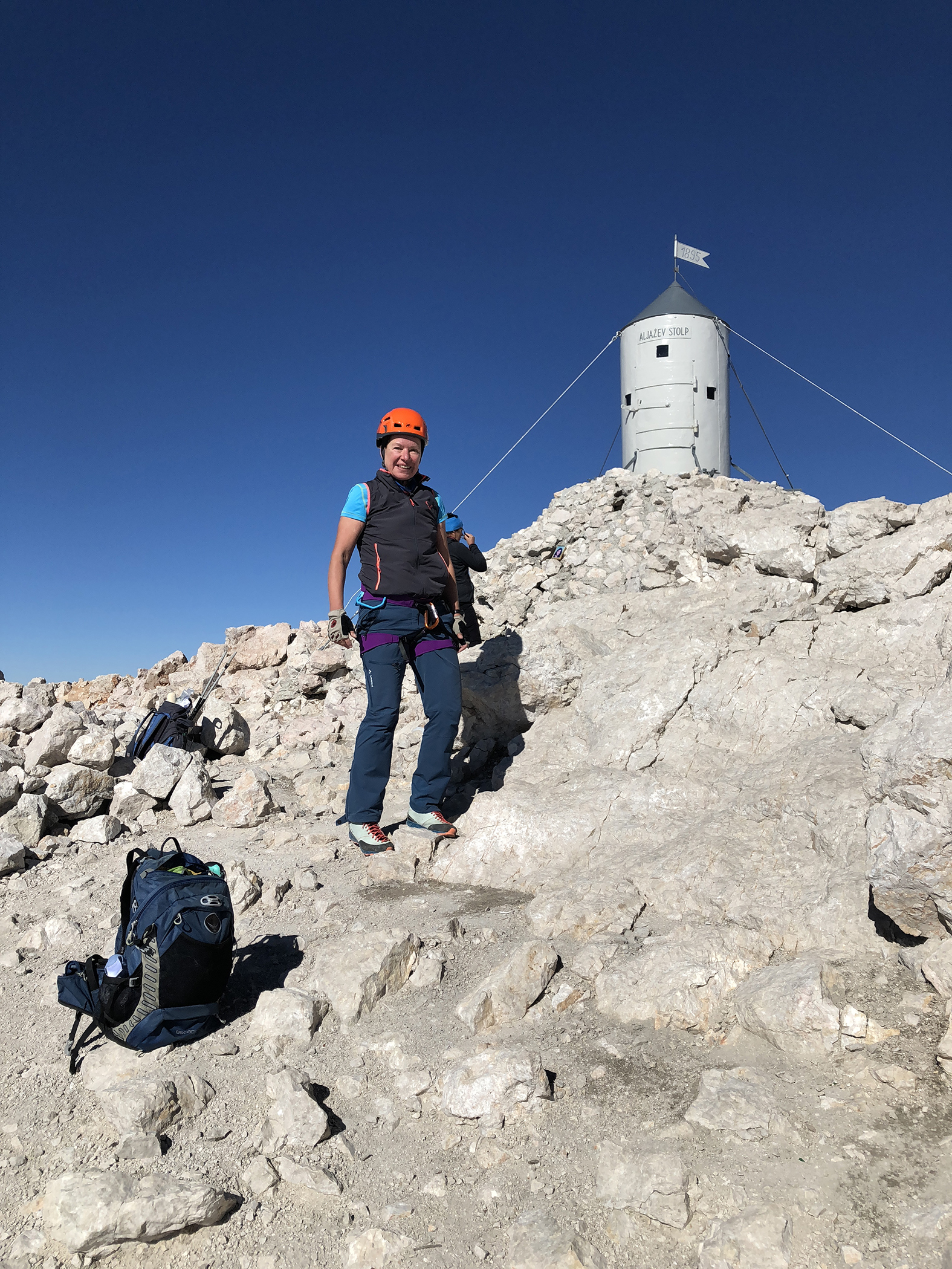
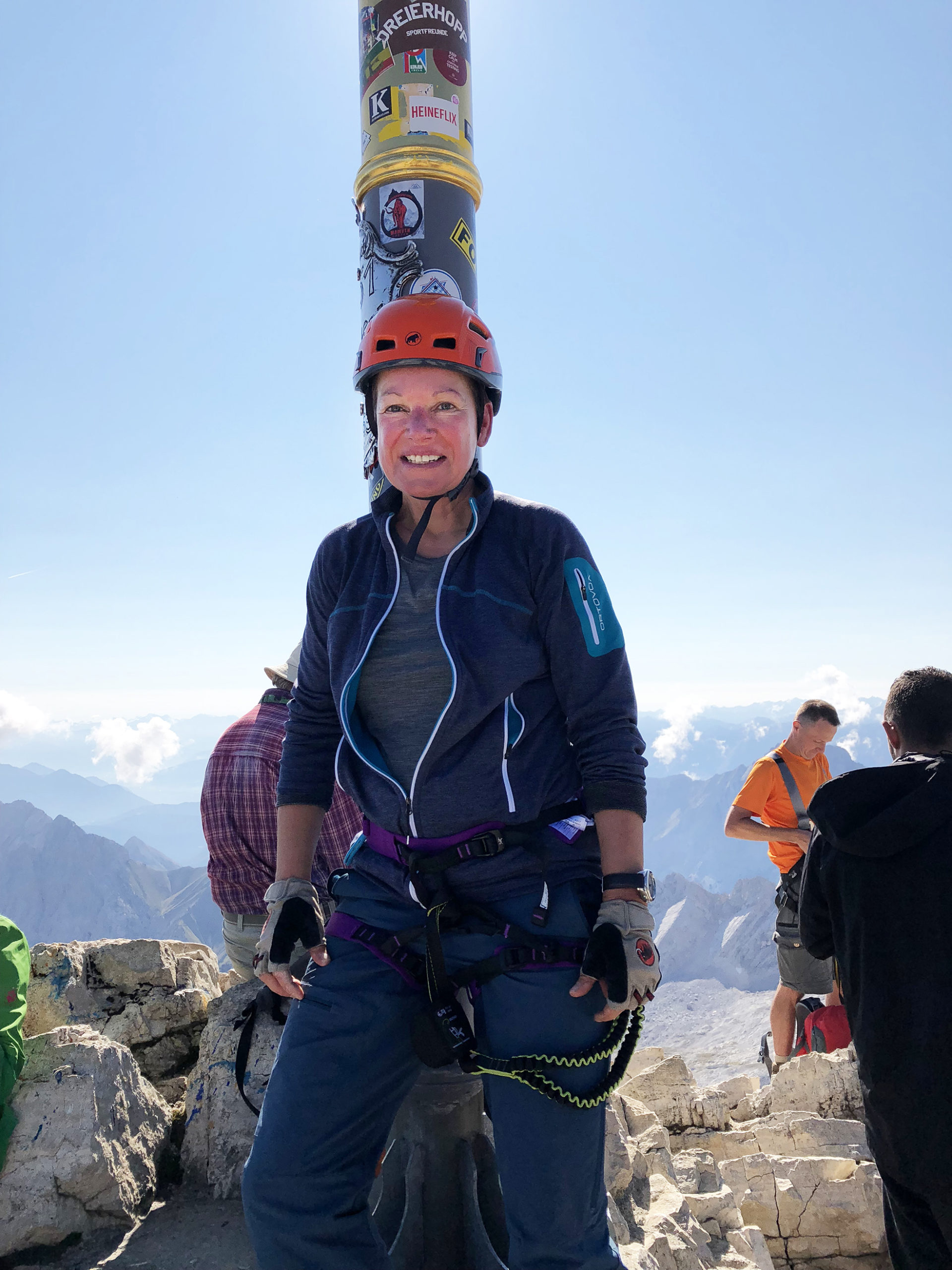
In April 2022, Magdalena Seeberg will turn 64 years old – and if everything works out, the grandmother of four will climb the Dom, a 4,545-metre glacier in the Valais Alps, in the summer. And after that, her summit conquests will still be long from over. “I try to master at least one big challenge every year.” At least until she is seventy. “From then on, sports medicine specialists say it is advisable not to climb quite so high.”
A summer full of mountains
She already achieved her alpine masterpiece in the summer of 2018. She climbed six of the seven highest peaks in the seven Alpine countries within 25 days. She had already conquered the seventh, the Grossglockner in Austria, three years earlier. Conquering the “Seven Summits” of the Alps means climbing three four-thousand-metre peaks, the Gran Paradiso, the Dufourspitze and Mont Blanc. “To reach these heights, you have to acclimatise beforehand to handle the lower air pressure and less oxygen. That takes at least two days, and some people never get used to it.”
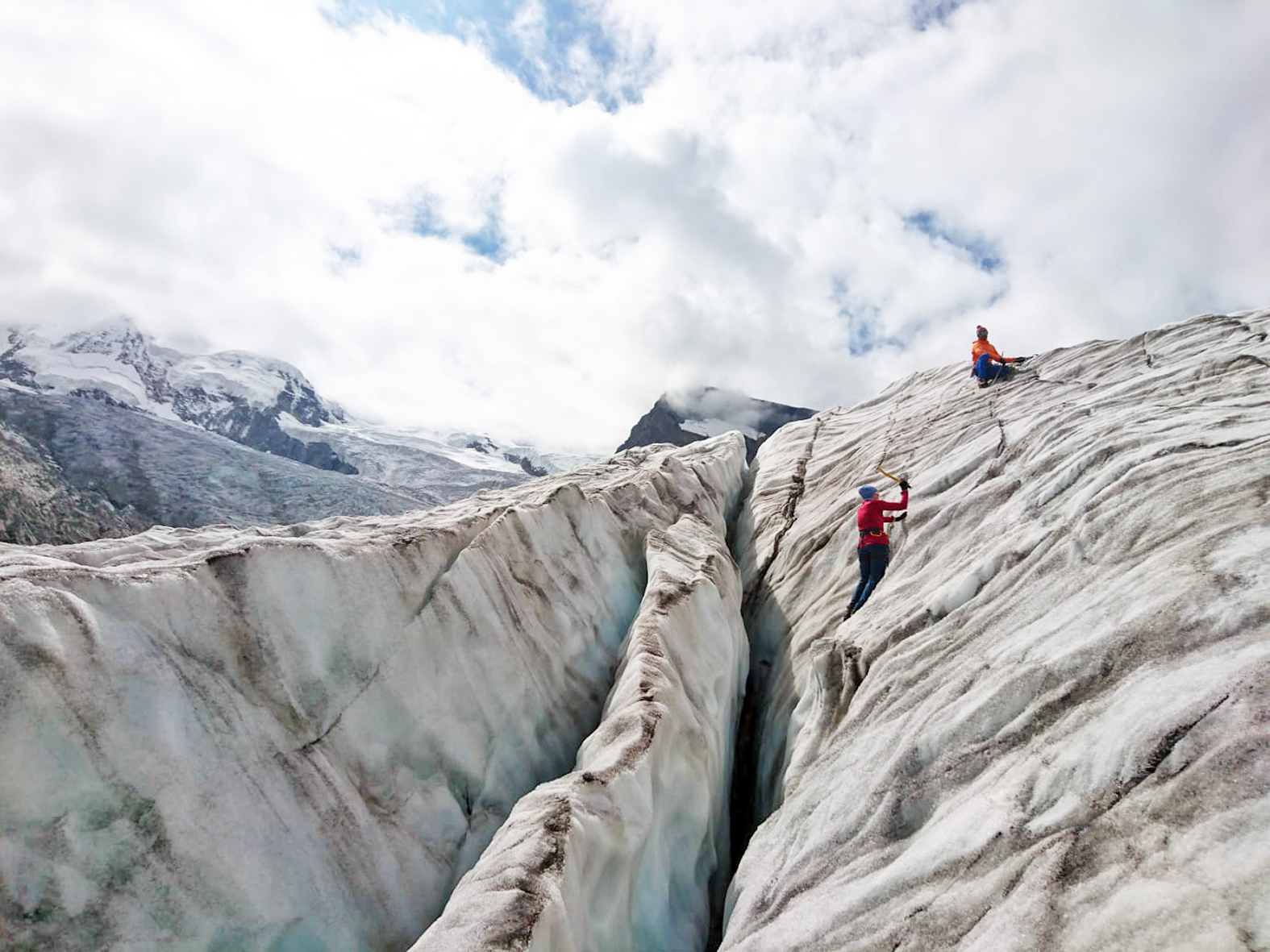
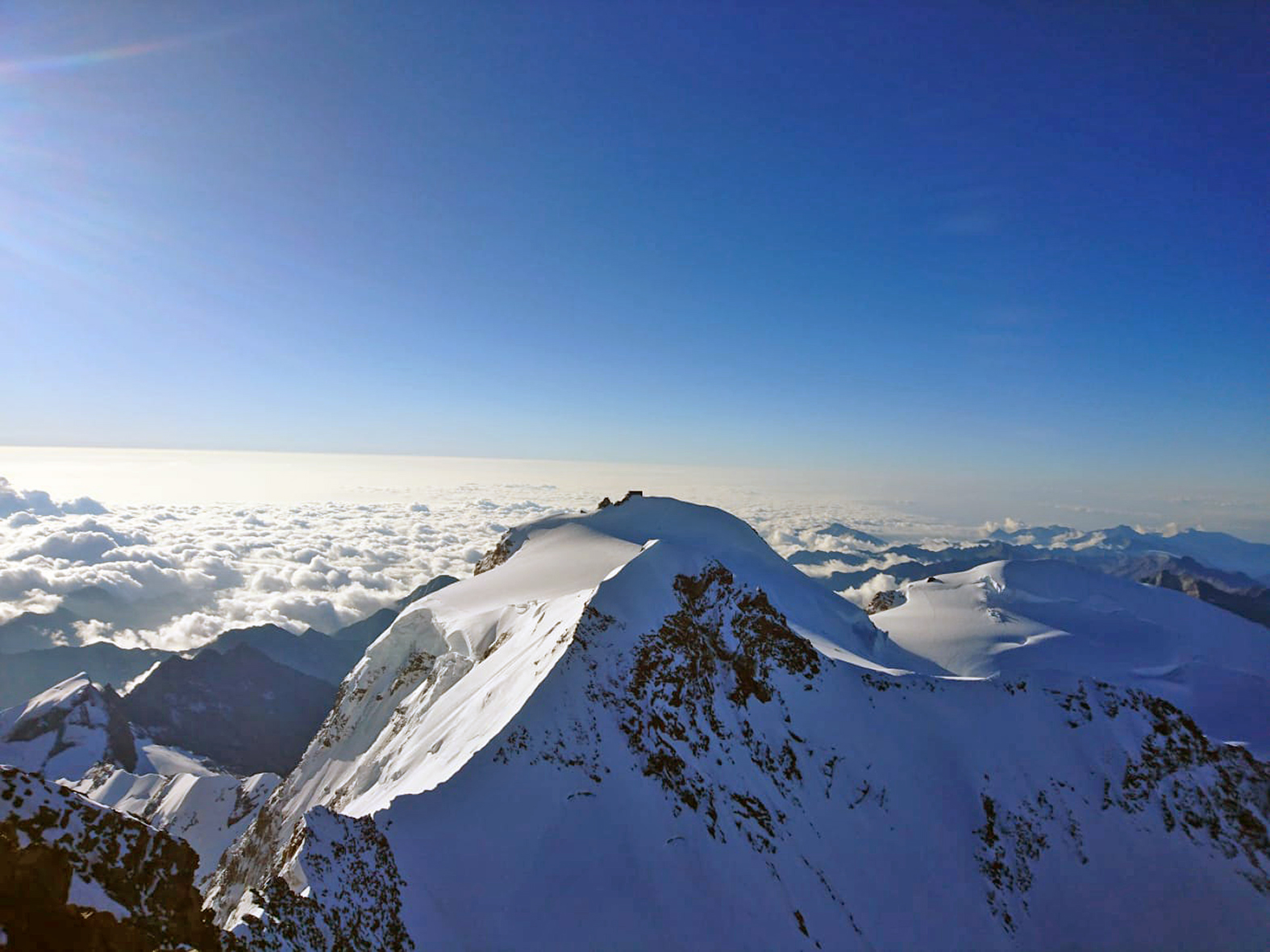
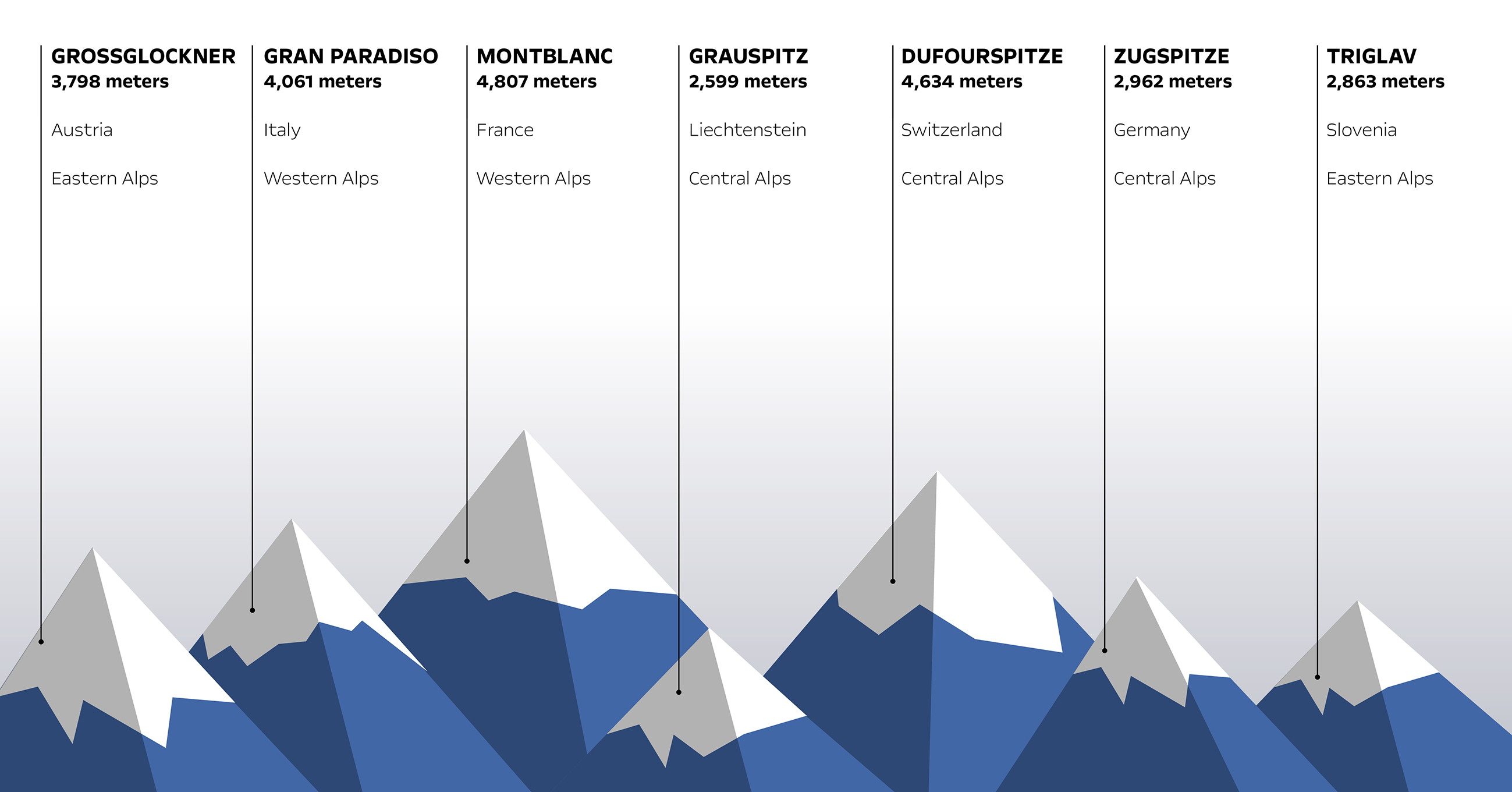
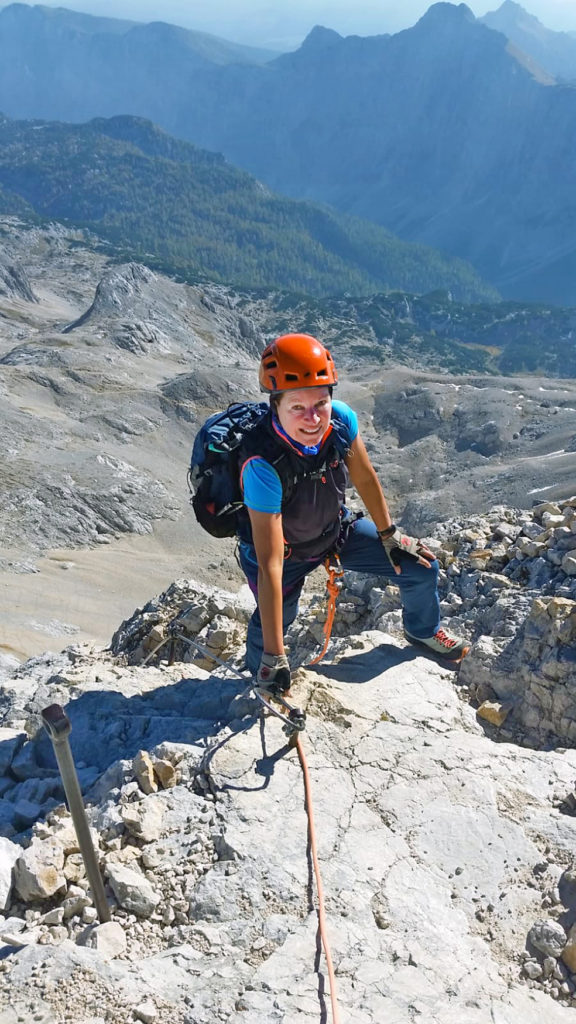
Seven countries, seven peaks
Seven Alpine countries and their highest peaks: discovered as a “challenge” and completed in just 26 days by German mountain guide Alexander Römer in 2010. Since then, it has been extremely popular in the mountaineering scene. During the seven ascents, 16 kilometres of altitude have to be conquered, and there are around 3,000 kilometres between the individual destinations – after all, the mountain range of the Alps stretches from the Ligurian Sea near Corsica to Slovenia.
Magdalena Seeberg had already climbed the Großglockner, which is particularly popular with climbers. That left six summits. The first was the Gran Paradiso in Italy in June: start at 4:30 a.m., three and a half hours of ascent including ridge climbing. Seebergs’ conclusion: “4,000 metres altitude – I can do it.” So after a few preparatory tours in July, she next set her sights on the most demanding peak, Mont Blanc: “Via the Gonella route. It’s longer and more exhausting, but not as crowded.” After passages in darkness with a headlamp, past crevasses, 40-degree ascents with an ice axe, she stood on the summit at 7:40 in the morning. 14 days later, the tour to the Grauspitz followed, passages over sloping scree make the tour tricky.
The Dufourspitze offers the most technically demanding, but also the most rewarding summit climb: the steep, narrow, long ascent including climbing on the summit ridge at an icy -15 degrees is compensated by a magnificent view over the Swiss Alps.
Two tours were still to come: our colleague climbed the Zugspitze “spontaneously and alone”. The finale came in October. She climbed Triglav, the roof of Slovenia, with a mountain guide, the ascent and descent taking ten hours. Since then, Magdalena Seeberg’s name has been in the virtual “7S” summit book.
The most technically demanding of the seven mountains is not Mont Blanc. The Dufourspitze is the most demanding: the summit is only tackled on the fourth day. The start is at two o’clock in the morning, the climb up the summit ridge is with headlamps on the helmets. In icy wind and at 15 degrees below zero, it takes five hours for the rope team to reach the top.
“You can set yourself lofty goals –
regardless of your age.”
You can find more on “Learning and Mobility”
here on Yammer.
How did Magdalena Seeberg, born in Göttingen and so from a relatively flat area, come to this airy passion? “I’ve always been very athletic, especially mountain biking, also alpine.” A few years ago, she decided to tackle the “Sentiero Roma”, one of the most beautiful high-mountain trekking tours in the Alps. In the process, she came into contact with the Liechtenstein Alpine Club, to which she now belongs – and which also introduced her to the “Seven Summits” challenge. The fact that it was also her 60th birthday the same year that she mastered it was no coincidence. “I wanted to show that you can set yourself lofty goals, no matter what age you are.”
March 2022
